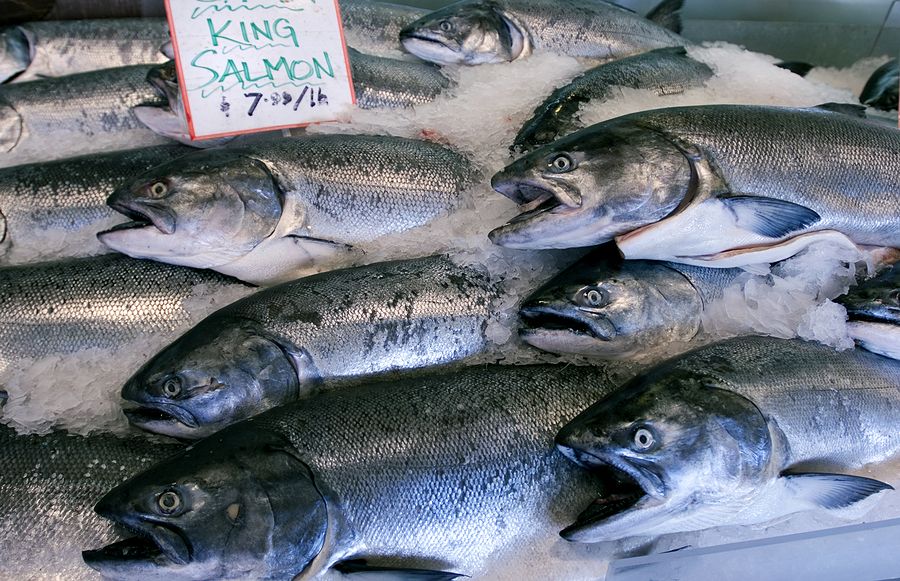Seafood is one of the most widely imported products throughout the U.S. and is shipped via ocean freight from countries all over the world. 91% of seafood consumed in the U.S. is imported.
So what kind of seafood is shipped to the U.S. and where does it come from? A breakdown provided by Huffington Post's What to Know About Imported Seafood article shows primarily where most seafood importers get their supply from.
Shrimp: China, Thailand, Ecuador, Mexico, Philippines, Vietnam
Atlantic Salmon: Canada, Norway, Chile
Tilapia: China, Indonesia, Ecuador, Honduras
Scallops: China, Canada, Mexico, Japan, Argentina, Philippines
Oysters: China, South Korea, Canada
Tuna: Mexico, Philippines, Indonesia, Thailand, Ecuador, Vietnam
Import Genius data shows shrimp is one of the most popular types of seafood. Looking back to January 2006, about 205,300 shipments of shrimp have been imported to the U.S. Cod is another major import, with over 93,000 shipments recorded. Tilapia, tuna, salmon, scallops and oysters also show significant shipment records.
U.S. seafood imports far outweigh exports, resulting in a trade deficit that exceeds $11 billion. If more U.S. companies begin purchasing domestically, the narrowing gap may be an avenue for strengthening the U.S. trade outlook. However, the low price of imports accounts for why export numbers don’t compare to imports. Low prices offered by overseas suppliers also mean that jobs for American fishermen could be in jeopardy, as importing expenses are more attractive than purchasing domestically. Purchasing domestic seafood currently supports the U.S. economy by sustaining fishermen and fisheries. There are about 1 million jobs within the U.S. commercial fishing industry. U.S. freshwater and marine production also accounts for $1.2 billion annually. While importing may be more cost effective, it certainly has its disadvantages from a health perspective. While the quality of seafood is well-managed within the United States, the same can’t be said for quality assurance in other regions. Canada, New Zealand and Norway have efficient management among aquaculture and fishery programs. However, there are many foreign regions exporting seafood to the U.S. that have limited health regulations. According to a report in the Huffington Post by Sustainable Seafood Expert from Kim Thompson, most of the seafood imports consumed in the U.S. come from countries with minimal management or methods of ensuring healthy stocks, ecosystems, or communities. Seafood produced in the U.S. may be safer for consumption because of its strict regulations, and there are also other added benefits. The U.S. FDA has systems in place to ensure what we’re eating is safe. Seafood produced in the U.S. undergoes a more thorough and consistent process while being harvested compared to seafood production cycles in other countries. Seafood imports often pass through many ports before reaching the U.S., allowing more of a chance for mislabeling to occur. Consuming domestic seafood means you’re more likely avoiding food affected by fraud or mislabeling. Both have been an increasing problem related to illegal fishing overseas. Using the Import Genius pulse tool designed to identify and monitor industry trends, it appears seafood imports have remained steady over the last several years. If demand for foreign seafood imports continues, the domestic seafood industry may begin to truly shift. In the interim, it’s always wise for seafood consumers to research where their seafood came from before it arrived at the local grocery store. Take a look at these resources for a better understanding of seafood safety and U.S. seafood management: Seafood Selector - Environmental Defense FundFish Watch - National Oceanic and Atmospheric Administration Source:
